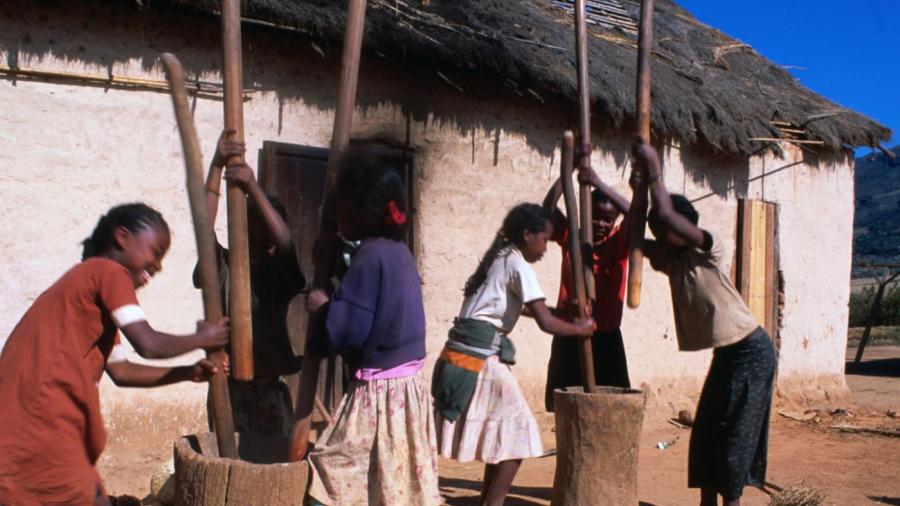What Is a Culture Region?

A culture region is a section of land that has common cultural elements. These elements can include religion, language, cuisine or architecture, among many others. Culture regions are found on every continent except Antarctica.
The lands within culture regions can vary dramatically in size from a few square miles to millions. The Islamic culture region across North Africa and Southeast Asia is among the largest and covers millions of square miles, while Spanish Harlem in Manhattan encompasses only 2. Cultural regions have changed, expanded and diminished throughout history and will continue to do so as the world experiences more ethnic change.
Cultural regions can form cultural boundaries. For instance, there were cultural boundaries between Germanic and Roman cultures. People within a cultural region do not limit their culture within national borders, but boundaries and distinctions can be drawn to pinpoint people who live in a certain region. These boundaries may be based on language, religion or folklore.
Cultural region borders can also be established due to minor differences between the same ethnic group. For example, distinctions can be made between Germans living in Switzerland and Germans who live in Germany. There are also boundaries within social classes, such as blue collar and white collar classes.
Three types of cultural regions exist: formal, functional and vernacular. Formal cultural regions are places where people share certain cultural traits, such as livelihood, religion or language. People in formal cultural regions most likely share homogeneous traits that bind them together. Functional cultural regions do not need to be homogeneous, and these structures are based on economic or political foundations. City halls, churches and banks are examples of functional culture traits. People who live in a vernacular cultural region are bonded together by perception, such as history or cultural belonging. The American South is one example of a vernacular region.





